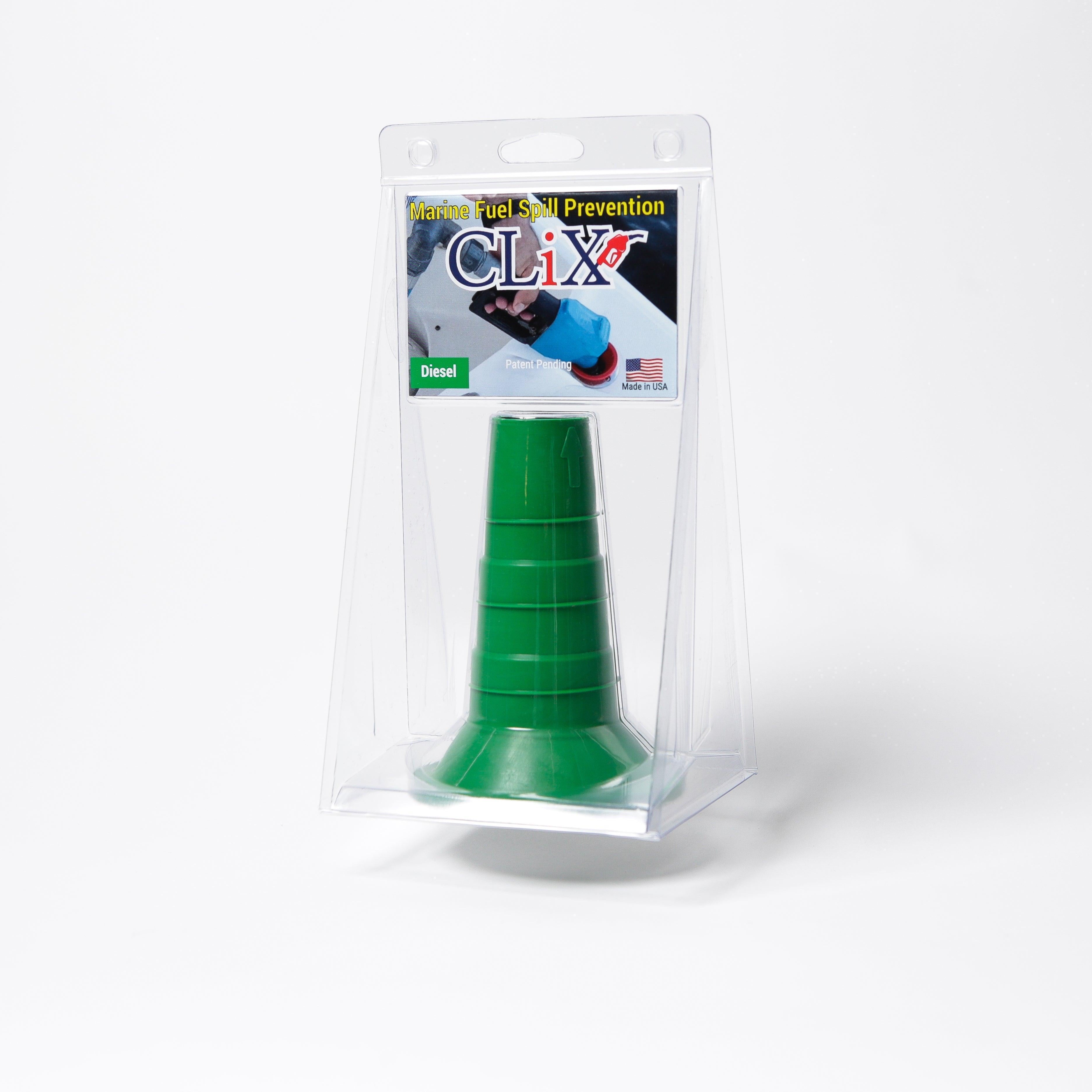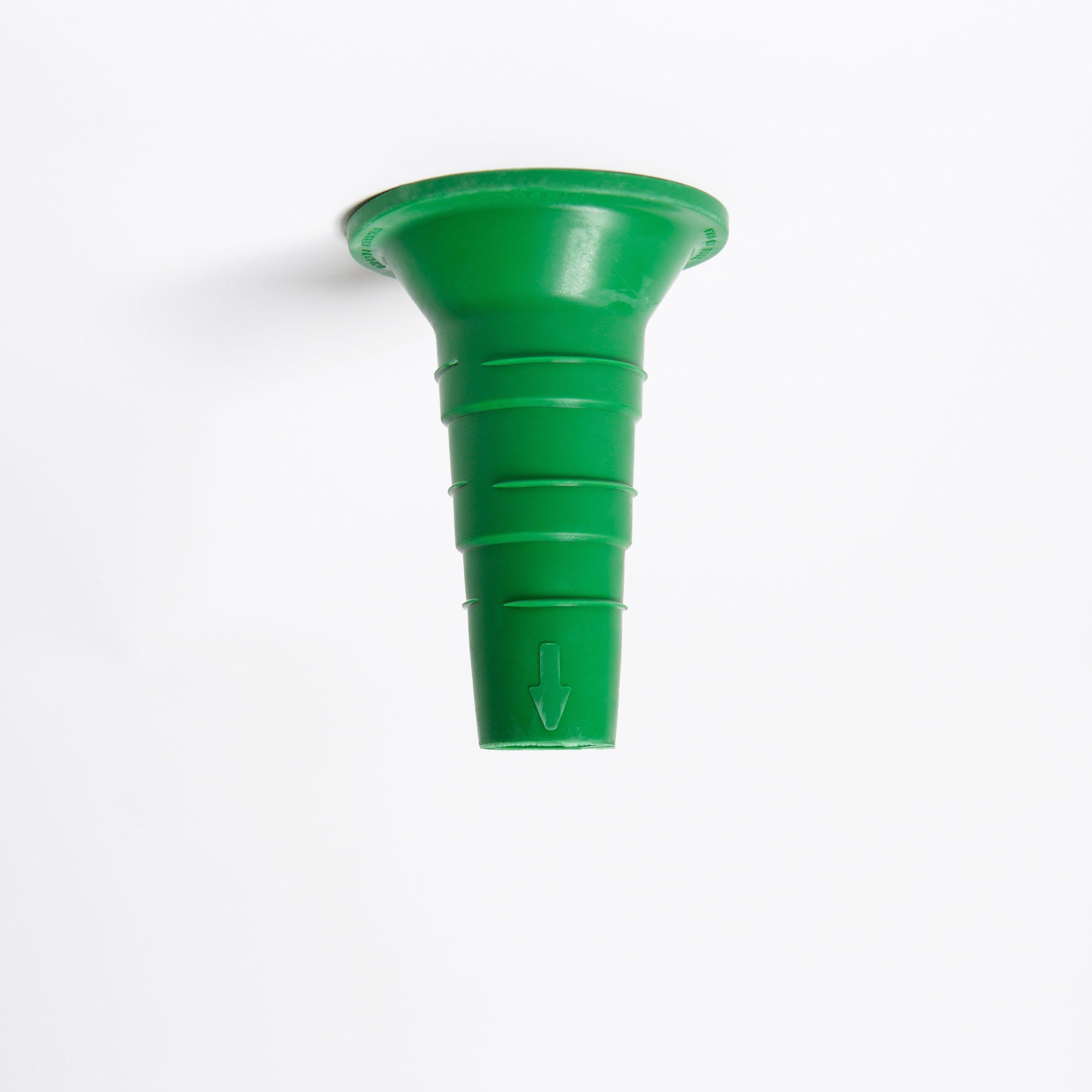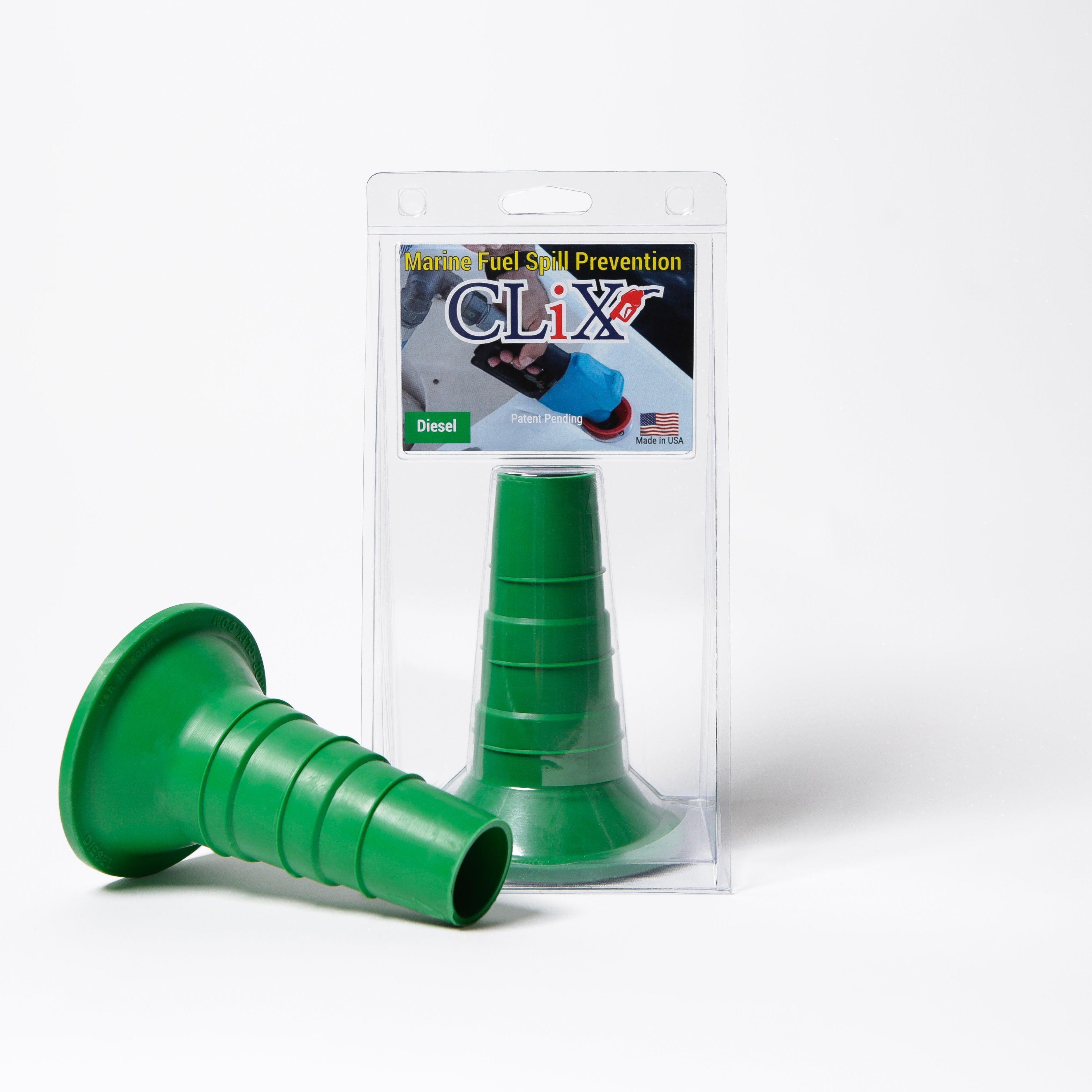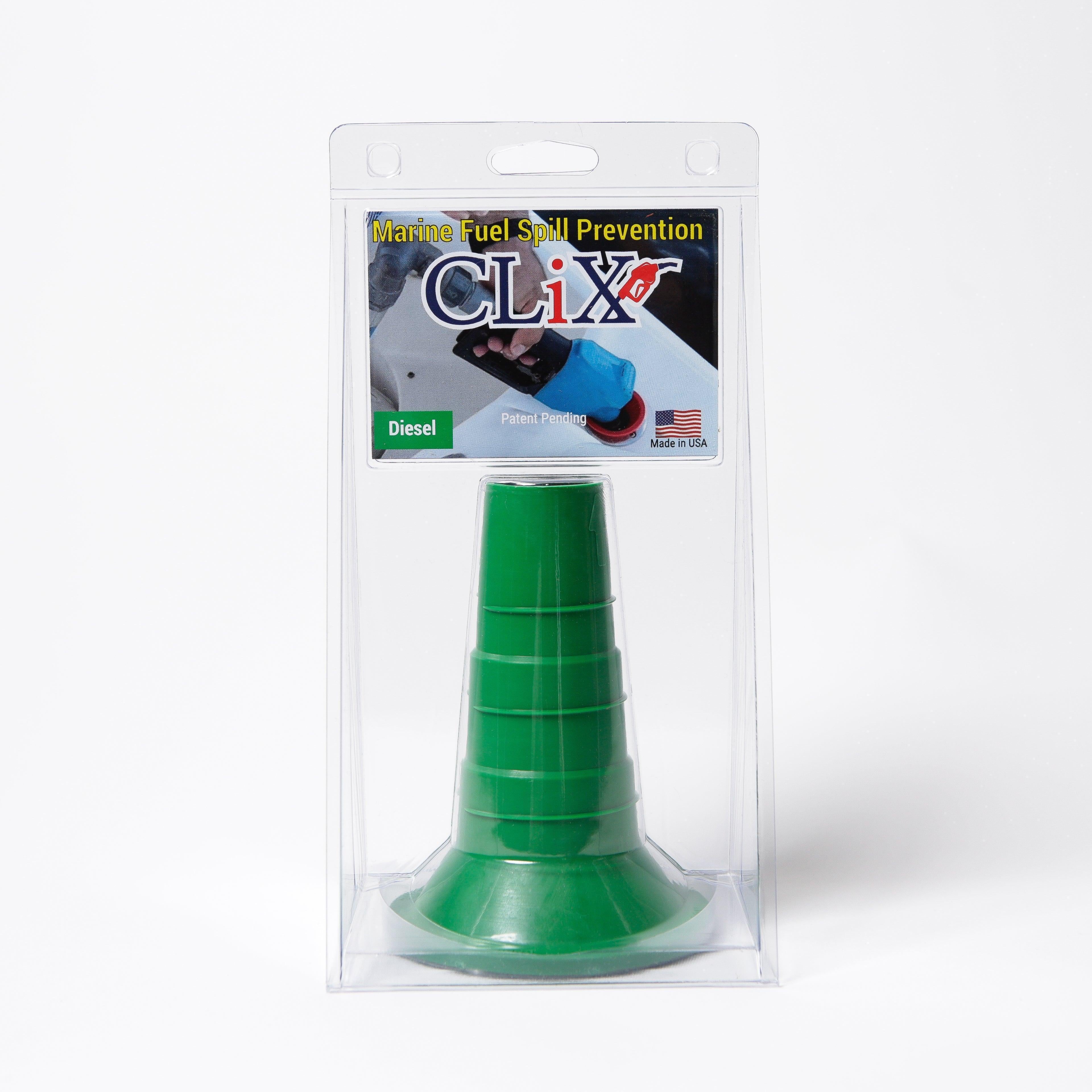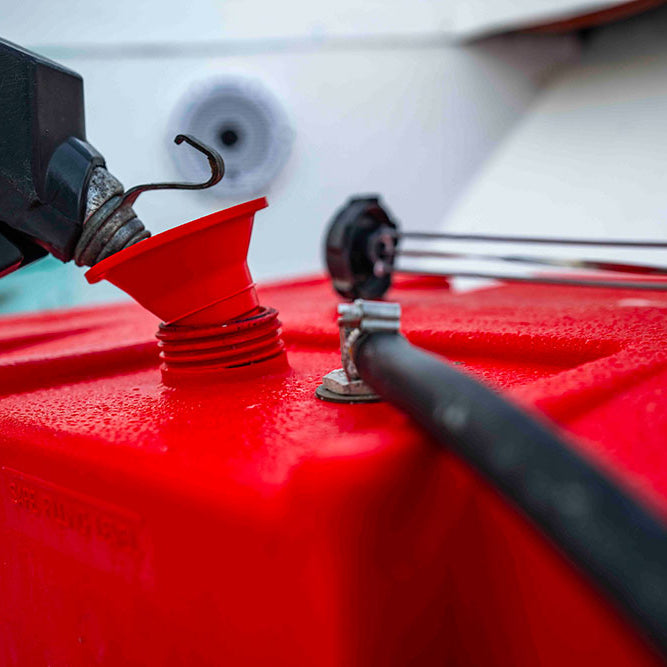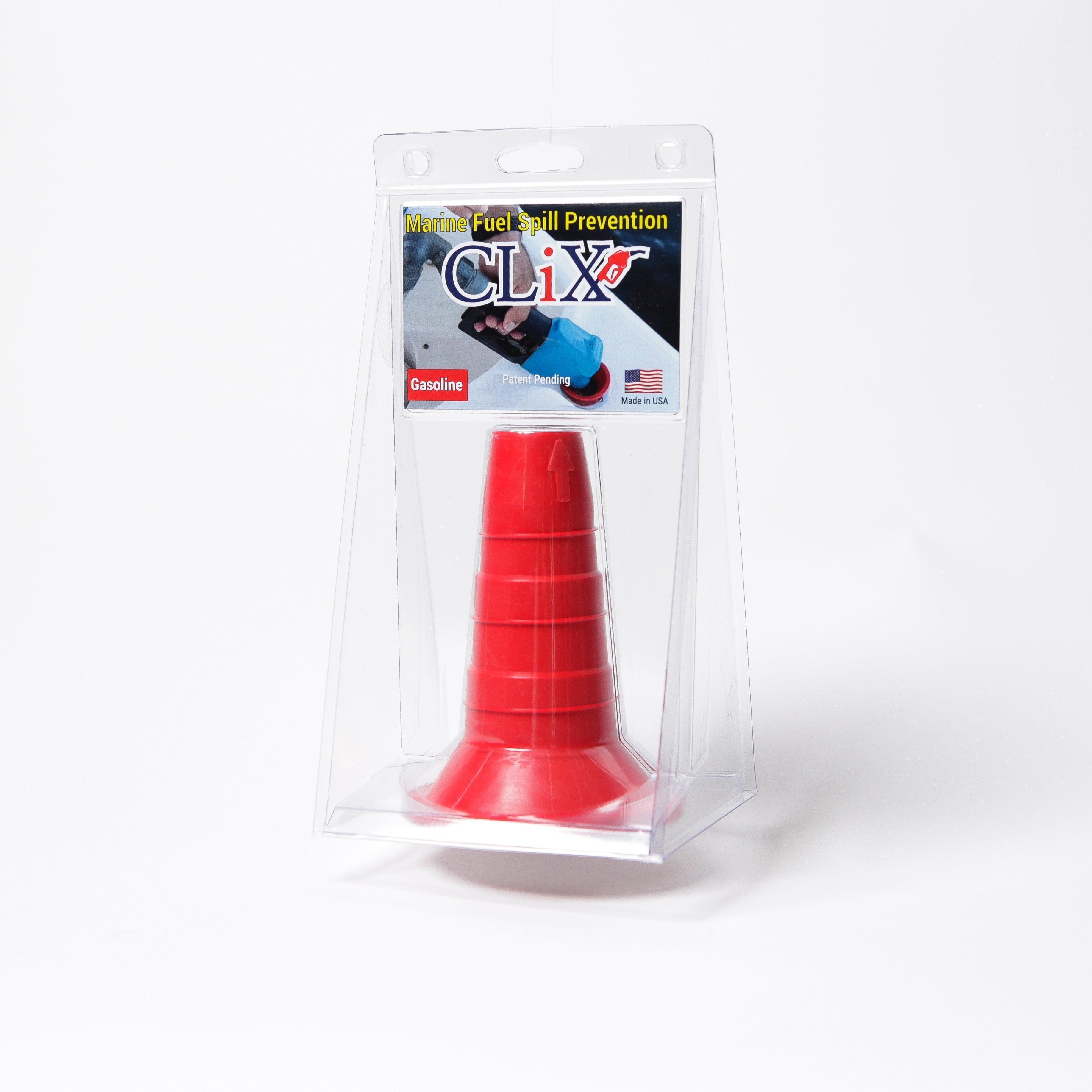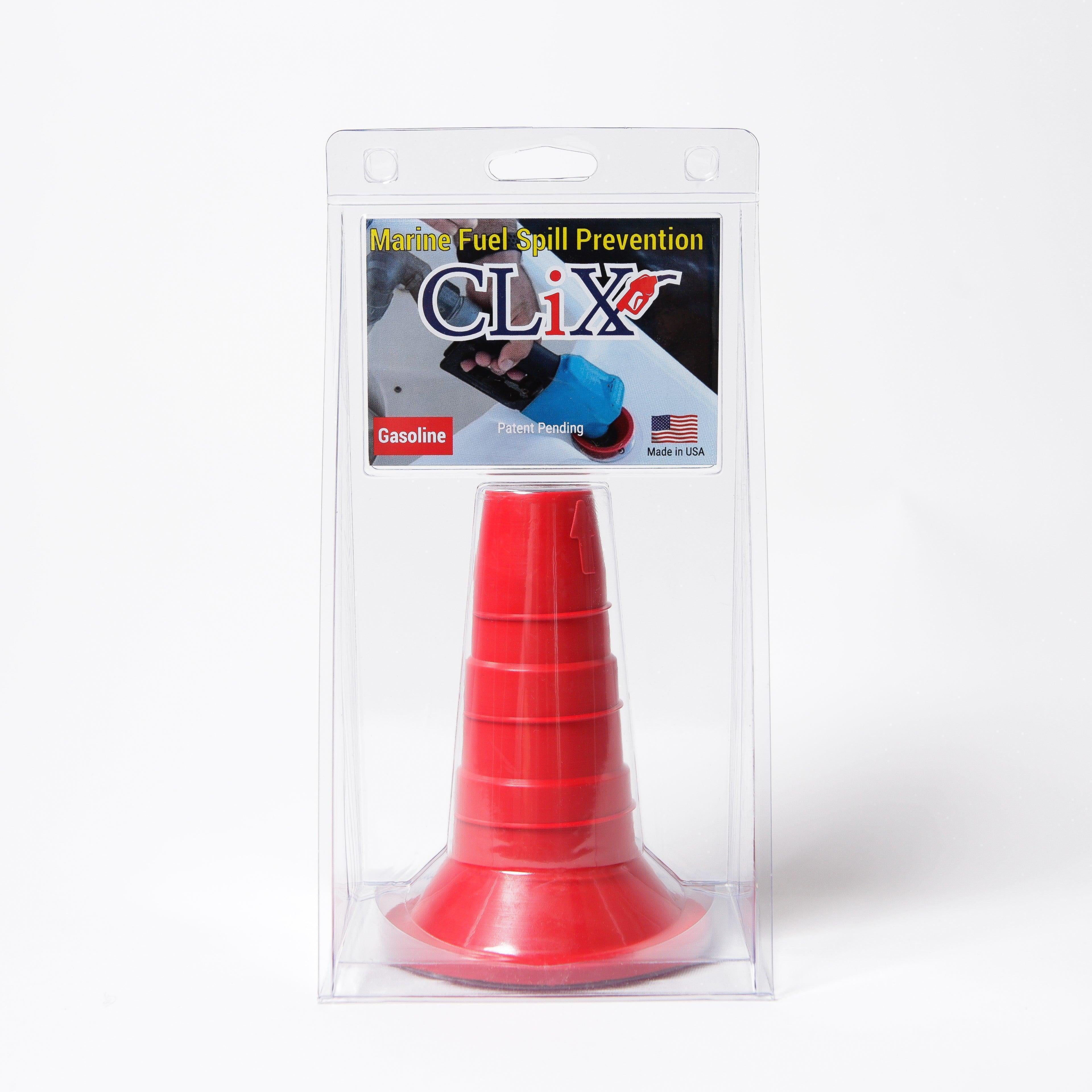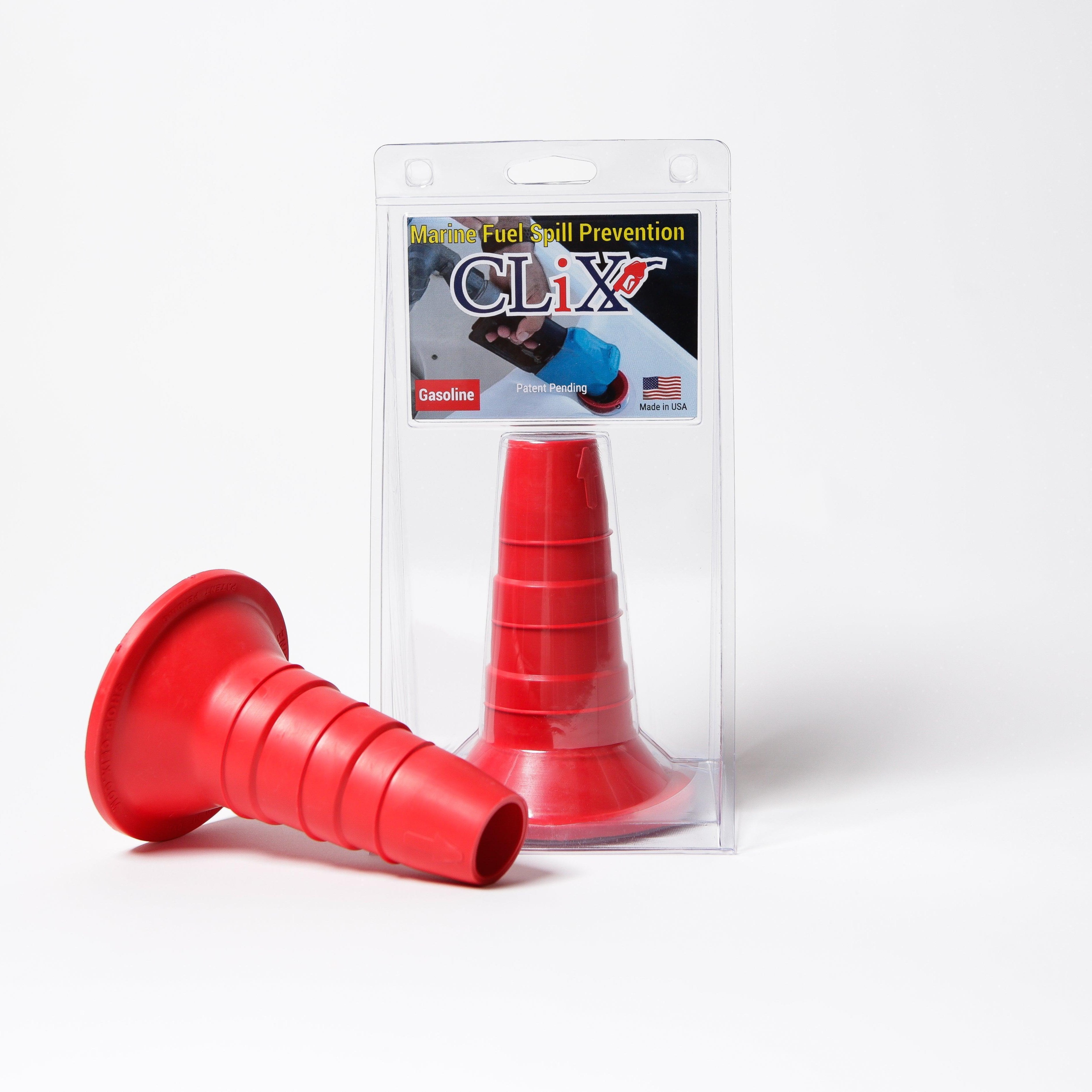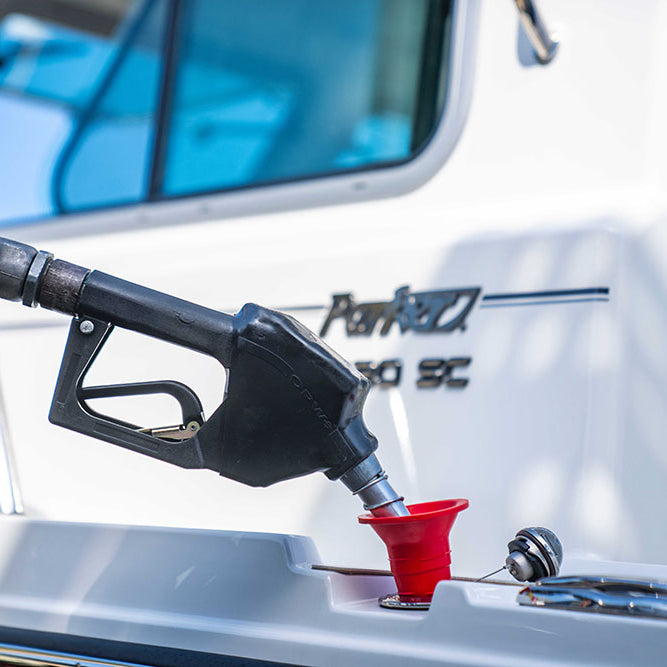Boating offers an unparalleled sense of freedom, but that freedom comes with a critical responsibility: safety. A successful day on the water isn't just about the destination; it's about returning to the dock without incident. Many common boating mishaps, from running out of fuel to being caught in an unexpected storm, are entirely preventable with foresight and proper preparation. This is where a comprehensive boating safety checklist becomes your most trusted first mate.
It’s more than just a list; it’s a systematic approach to risk management that transforms potential hazards into managed variables. Following a structured plan ensures you are not just compliant with regulations but truly prepared for anything the water throws your way. In this guide, we'll break down the seven essential pillars of boating safety. We will move beyond generic advice to provide actionable steps, expert tips, and detailed checks that cover everything from mandatory gear to often-overlooked procedures.
We will cover everything from pre-departure checks and life jacket selection to weather monitoring and passenger briefings. This structured approach helps build the habits necessary for a consistently safe and enjoyable experience on every trip. For a deeper dive into all critical aspects of maritime safety, you can explore an ultimate safe boating checklist that expands on these principles. Let's get started on making every voyage a safe one.
1. Pre-Departure Safety Check
The single most effective habit any boater can adopt is performing a thorough pre-departure safety check before every single trip. This isn't just a quick glance over the side; it's a systematic inspection that ensures your vessel is seaworthy and all essential equipment is present, functional, and ready for use. Think of it as a pilot's pre-flight check for the water. By taking just a few minutes before casting off, you can prevent the vast majority of common boating mishaps, from mechanical failures to safety equipment violations.
This practice is the foundation of a comprehensive boating safety checklist. It transforms safety from an afterthought into a proactive, ingrained routine. Commercial charter operations and U.S. Coast Guard Auxiliary flotillas have made these checks mandatory for decades because they are proven to save lives and prevent accidents.
Key Inspection Areas
A good pre-departure check covers several critical areas of your vessel. While every boat is different, your checklist should always include these core categories:
- Safety & Emergency Gear: Physically locate and inspect all life jackets, ensuring you have the correct sizes and types for everyone on board. Check the expiration dates on your visual distress signals (flares) and fire extinguishers.
- Vessel Systems: Test your engine’s kill switch and ensure the lanyard is not frayed. Check fuel and oil levels to confirm you have enough for your planned trip, plus a reserve. Inspect belts and hoses for cracks or wear.
- Navigation & Communication: Power on your GPS to ensure it acquires a signal. Perform a radio check on a non-emergency VHF channel (like 09) to confirm your radio can transmit and receive clearly.
- Documentation: Verify your boat's registration and your boating license or safety certificate are on board and current.
The following infographic highlights the core principles of a pre-departure check, emphasizing its frequency and importance for legal compliance.
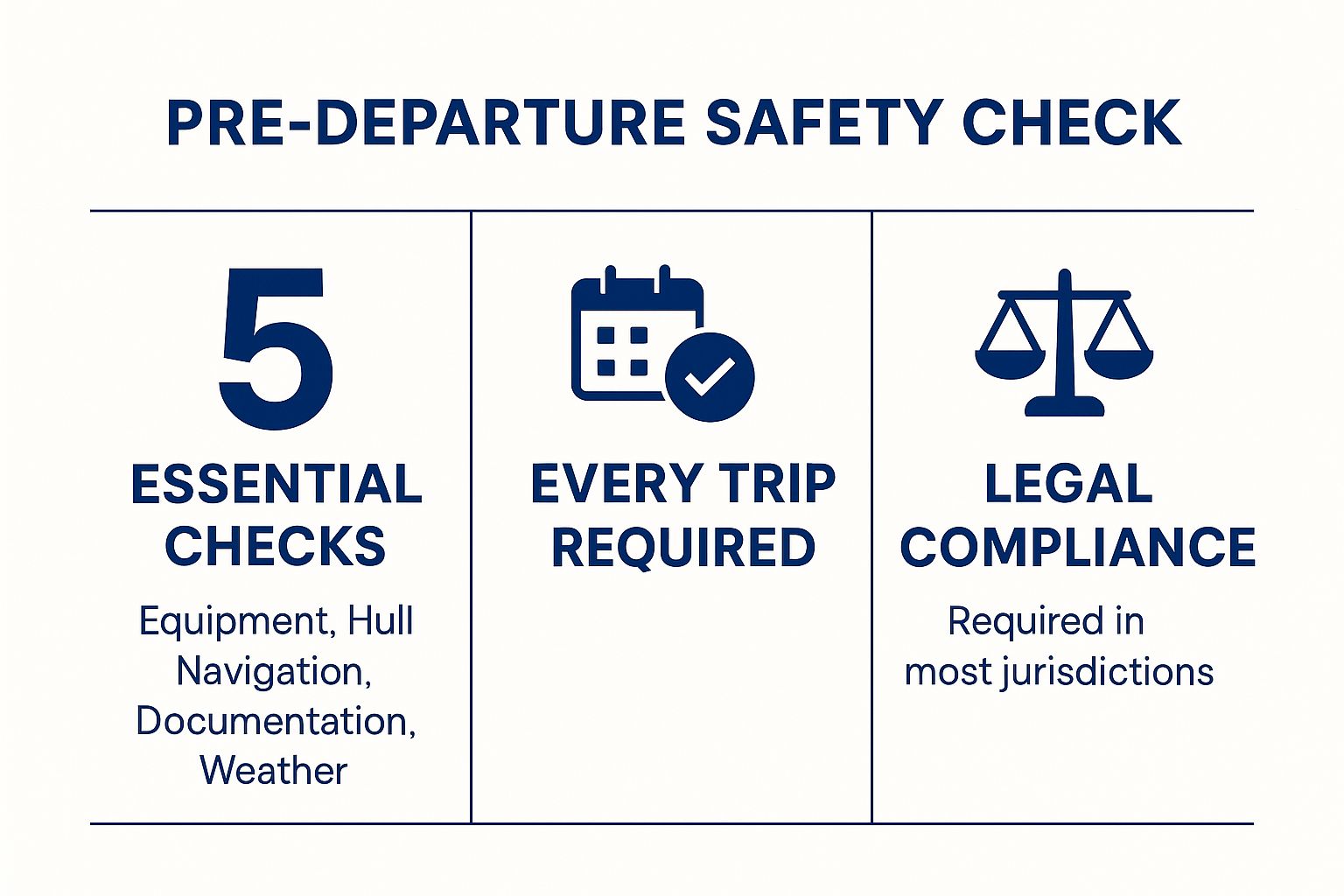
These visual stats underscore that this check is not an occasional task but a non-negotiable step required before every departure for both safety and legal reasons.
Make it a Habit
The easiest way to ensure consistency is to create a physical, laminated checklist tailored specifically to your boat. Keep it on a clipboard at the helm and complete it with your crew before you untie the lines. This simple tool turns a complex task into a manageable routine. For a detailed template to get you started, you can explore this complete boat pre-departure checklist. Making this check a non-negotiable part of your boating ritual is the best way to guarantee a safe and enjoyable day on the water.
2. Proper Life Jacket Selection and Usage
While many items on a boating safety checklist are important, life jackets are arguably the single most critical piece of equipment on any vessel. A U.S. Coast Guard-approved personal flotation device (PFD) is your first and best line of defense against drowning. Modern life jackets have evolved far beyond the bulky, uncomfortable orange vests of the past, with specialized designs available for nearly every water activity, from offshore fishing to casual kayaking.
The core principle is simple: a PFD you are willing to wear is infinitely more effective than one stowed away in a locker. Proper selection based on the specific activity, an accurate fit for each person, and ensuring it has Coast Guard approval can mean the difference between a manageable incident and a tragedy. The most advanced safety gear is useless if it's not worn when an emergency strikes, as accidents often happen too quickly to grab a stowed PFD.

Key PFD Selection Criteria
Understanding the different types of PFDs and their intended use is essential for making the right choice. Not all life jackets are created equal, and your selection should be tailored to your environment and planned activities.
- PFD Type: The Coast Guard classifies PFDs into five types. Type I offers the most buoyancy and is designed for offshore, remote waters where rescue may be slow. Type II is a near-shore buoyant vest for calmer waters. Type III flotation aids are comfortable for continuous wear during activities like water skiing or fishing. Type V PFDs are special-use devices, often for specific sports.
- Fit and Sizing: A life jacket must fit snugly. To check the fit, put it on and secure all straps. Have someone pull up on the shoulders; if it moves up past your nose or ears, it is too loose. For children, ensure the vest has a crotch strap to prevent it from slipping over their head.
- Inflatable vs. Inherent Buoyancy: Inflatable PFDs, favored by many adult boaters for their comfort and low profile, require regular maintenance. The CO2 cartridges should be inspected before each use and replaced annually or after inflation. Inherently buoyant foam vests are maintenance-free and ready to go at all times.
- Emergency Preparedness: Beyond ensuring proper fitting life jackets, it's vital for all on board to be aware of specific emergency protocols, including immediate infant drowning care and how to assist someone in the water.
This video from the Sea Tow Foundation provides an excellent overview of how to choose the right life jacket for your needs.
Make it a Requirement
The most effective policy is to make wearing a life jacket a non-negotiable rule on your boat, especially for children and non-swimmers. Leading by example is powerful; if the captain wears a PFD, guests are more likely to follow suit. Regularly practice putting on your life jackets, both on the boat and in the water, to build familiarity and confidence. Integrating this practice into your safety briefing ensures everyone knows what to do when it matters most.
3. Weather Monitoring and Assessment
The most unpredictable variable in any boating trip is the weather. Conditions on the water can change with startling speed, turning a calm, sunny day into a dangerous situation in minutes. A diligent approach to weather monitoring and assessment is not just a good idea; it is a critical survival skill that separates prepared mariners from those caught by surprise. This involves more than a quick look at the forecast before you leave; it requires continuous observation and a healthy respect for Mother Nature’s power.
This proactive weather awareness is a cornerstone of any comprehensive boating safety checklist. It empowers you to make informed decisions, such as delaying departure, altering your route, or heading for a safe harbor well before a storm hits. Professional captains and maritime organizations like the National Weather Service have long emphasized that understanding and respecting marine weather is fundamental to preventing weather-related accidents, which are among the most common and dangerous incidents on the water.
Key Inspection Areas
A robust weather assessment strategy involves consulting multiple sources before departure and actively monitoring conditions while underway. Your weather check should be as routine as your engine check and must cover these core categories:
- Pre-Departure Forecasts: Before untying, consult multiple reliable sources. Check the detailed marine forecast from NOAA (National Oceanic and Atmospheric Administration), use reputable weather apps, and review local news broadcasts. Look at wind speed and direction, wave height, tide schedules, and the probability of precipitation or thunderstorms.
- Onboard Monitoring: Have at least two methods for receiving weather updates while on the water. A VHF radio with weather channels is essential. A smartphone with a reliable weather app serves as a good backup, provided you have a signal.
- Visual Observation: Learn to read the sky. Pay attention to changes in cloud formations, a sudden drop in temperature, or a significant shift in wind direction. Dark, building clouds on the horizon are a clear signal to take action immediately.
- Alerts & Advisories: Understand the difference between a Small Craft Advisory, a Gale Warning, and other marine weather alerts. Knowing what these warnings mean allows you to grasp the severity of the situation and react appropriately.
The following infographic highlights the core principles of weather assessment, emphasizing the need for multiple sources and continuous monitoring.
These visual stats underscore that relying on a single forecast or just checking once is a recipe for trouble. Continuous, multi-source monitoring is the only safe approach.
Make it a Habit
Integrate weather checks into your pre-departure routine and make it a point to reassess conditions hourly while on the water. Use a dedicated weather radio, like one from Midland, which provides direct access to NOAA Weather Radio alerts. Planning a "bail-out" route to a nearby safe harbor before you even leave the dock is a smart strategy. By making continuous weather assessment a non-negotiable part of your boating ritual, you gain the power to avoid danger and ensure your day on the water remains safe and enjoyable.
4. Navigation and Communication Equipment Check
Reliable navigation and communication systems are a boater's lifeline, transforming a potential crisis into a manageable situation. This goes beyond simply knowing where you are; it's about having the proven ability to find your way home and call for help if needed. From dense fog rolling in unexpectedly to a sudden mechanical failure far from shore, functional equipment ensures you remain in control. A systematic check of these tools is a non-negotiable part of any comprehensive boating safety checklist.
This check is crucial because modern electronics, while powerful, are not infallible. Power failures, software glitches, or a lack of signal can render a primary GPS useless. That is why maritime professionals, from commercial vessel operators using advanced AIS transponders to offshore fishing boats equipped with satellite communicators, always rely on tested systems and multiple layers of redundancy.
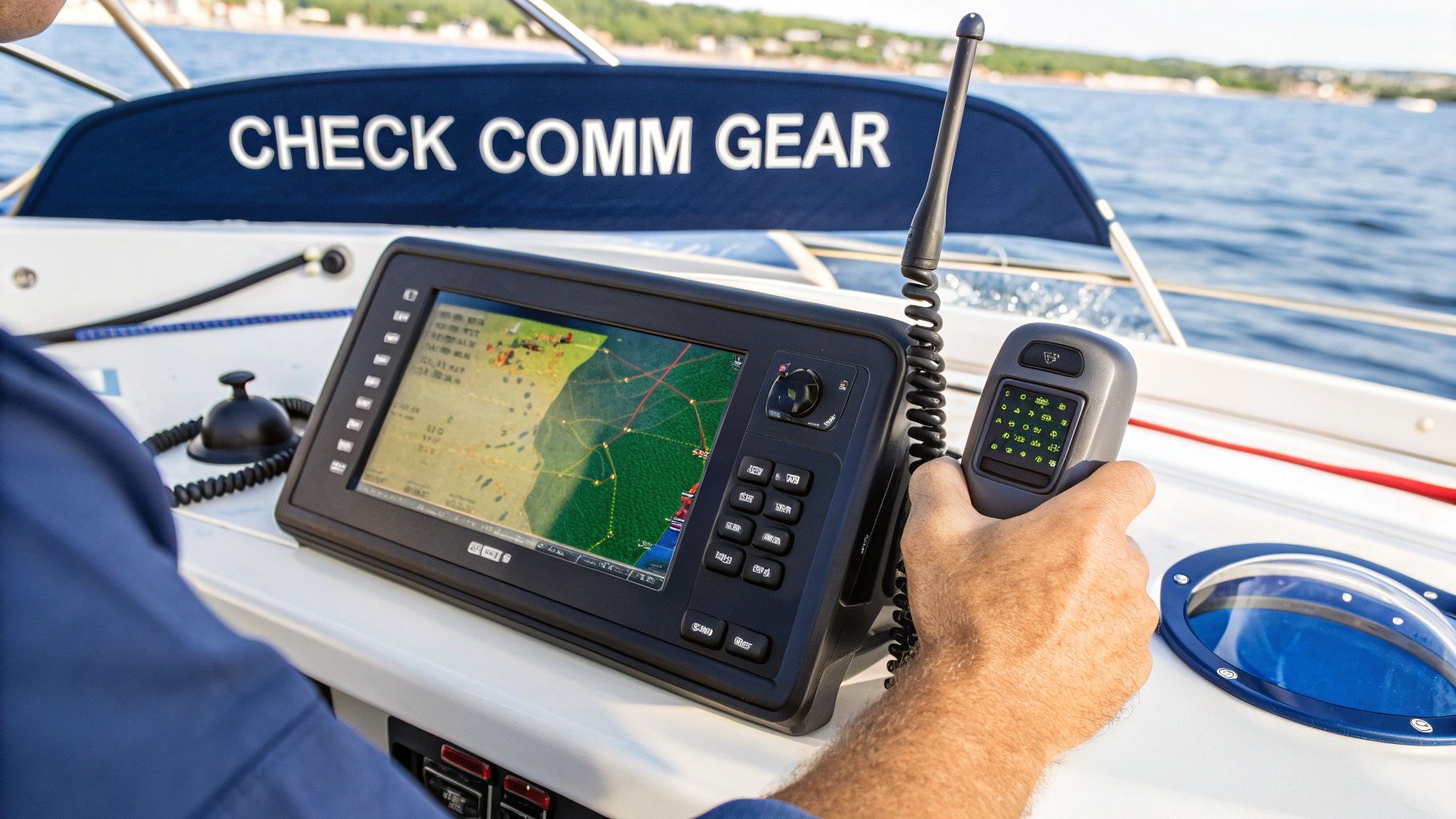
Key Inspection Areas
Your pre-departure check must include powering on and testing every piece of navigation and communication gear. While the specific equipment from manufacturers like Garmin, Raymarine, or Standard Horizon may vary, the verification process should cover these fundamental categories:
- Primary Navigation: Power on your chartplotter or GPS unit to confirm it acquires a satellite lock quickly. Ensure your digital charts are up to date for your planned route, as channels and hazards can change.
- Communication Systems: Conduct a radio check with your fixed-mount VHF radio. Use a non-emergency channel like 09 or a dedicated radio-check channel, not Channel 16. State your vessel's name and location and ask for a response to confirm you can both transmit and receive clearly.
- Backup Systems: Physically locate and inspect your backup devices. This includes a handheld GPS with fresh batteries, a magnetic compass, and paper charts for the area. For offshore trips, test your Emergency Position Indicating Radio Beacon (EPIRB) or Personal Locator Beacon (PLB) according to manufacturer guidelines, typically through a self-test function.
- Pre-Programming: Before leaving the dock, program key waypoints into your GPS. This should include your home port, nearby safe harbors, and any critical navigation marks along your route. This preparation saves valuable time and reduces stress if conditions worsen.
Make it a Habit
Integrate these steps into your laminated pre-departure checklist kept at the helm. Before casting off, assign a crew member to help with the radio check while you verify GPS signals and backups. Treating your navigation and communication gear with the same importance as your engine or fuel supply is a hallmark of a safe, prepared, and responsible skipper. This routine ensures you can always find your way and, more importantly, be found if you need assistance.
5. Emergency Equipment and Signaling Devices
When the unexpected happens on the water, having the right emergency equipment and knowing how to use it can be the difference between a minor inconvenience and a life-threatening situation. This equipment isn't just for show; it's a vital lifeline when you're facing mechanical failure, a medical issue, or a sudden change in weather. These tools are your primary means of attracting attention, fighting fires, and providing immediate medical care until professional help can arrive.
Relying on these devices is a core component of any responsible boating safety checklist. Their presence and readiness transform you from a passenger into a prepared captain capable of managing a crisis. The U.S. Coast Guard mandates specific emergency equipment for this reason, and their rescue reports are filled with instances where a simple flare or a well-placed fire extinguisher prevented disaster.
Key Inspection Areas
A thorough check of your emergency gear ensures it will function when you need it most. Before each trip, you should physically locate and inspect your critical safety and signaling devices, which fall into several key categories:
- Visual Distress Signals (VDS): Check the expiration dates on all pyrotechnic devices like handheld flares and aerial meteor flares. Ensure you have the required number for your vessel size and type. For non-pyrotechnic options like an electronic distress light (eSOS), test its function.
- Sound-Producing Devices: Test your horn to ensure it is audible. Keep a whistle or air horn readily accessible as a backup. These are essential for signaling your intentions and alerting other vessels in low-visibility conditions.
- Fire Suppression: Inspect your marine-rated fire extinguishers. Check that the pressure gauge is in the green zone, the pin is in place, and the nozzle is unobstructed. Ensure you have the correct type (B-I, B-II) and quantity for your boat's layout, especially near the engine and galley.
- First-Aid & Tools: Open your first-aid kit to check for expired or used items and restock as needed. Confirm you have a basic toolkit, a sharp knife, and an anchor with sufficient line to hold your boat in an emergency.
Proper maintenance and accessibility are just as important as possession. Storing your gear in a dry, easy-to-reach location is crucial for rapid deployment during a stressful event.
Make it a Habit
The most effective way to ensure your emergency gear is ready is to integrate its inspection into your pre-departure routine. Store items like flares and first-aid kits in a dedicated, clearly labeled "ditch bag" that you can grab in an instant. Practice using your equipment, whether it's learning the P.A.S.S. technique for a fire extinguisher or knowing how to activate a flare safely. For a comprehensive overview of legally required gear, you can review this detailed boating safety equipment checklist. Making this inspection and preparedness a core part of your boating ritual ensures you are always ready for the worst-case scenario.
6. Fuel and Mechanical Systems Inspection
A reliable engine and functional mechanical systems are the heart of a safe vessel. Engine failure is a leading cause of distress calls and can quickly turn a pleasant outing into a dangerous situation, leaving you stranded and vulnerable to changing weather. A routine Fuel and Mechanical Systems Inspection is a non-negotiable part of any comprehensive boating safety checklist, ensuring your propulsion and control systems are in top condition before you leave the dock.
This systematic check goes beyond simply turning the key. It involves a hands-on review of the critical components that power and steer your boat. Marine engine manufacturers like Yamaha Marine and Mercury Marine have long promoted these preventative checks because they are proven to significantly reduce the risk of mechanical breakdowns, which account for the majority of boater assistance requests each year.
Key Inspection Areas
A thorough mechanical inspection focuses on the systems that keep you moving and in control. While the specifics vary between inboard, outboard, and sterndrive engines, the core principles remain the same. Your inspection should always cover these vital areas:
- Fuel System: Before every trip, check your fuel level to ensure you have enough for your planned route plus a one-third reserve. Visually inspect fuel lines for any cracks, brittleness, or leaks, and check that all fittings are secure.
- Engine & Fluids: Check the engine oil level and note its condition; milky oil can indicate water intrusion. Verify the coolant level in closed-loop systems. For outboards, check the lower unit oil.
- Electrical & Control Systems: Ensure your battery terminals are clean, tight, and free of corrosion. Test your steering by turning the wheel lock-to-lock to check for smooth, unobstructed movement. Test the throttle and shift controls for proper operation.
- Bilge & Cooling: Operate your bilge pump manually to confirm it works and that the outlet is clear. Start the engine briefly (with a water supply) to check that the raw water cooling system is pumping a steady stream of water.
Make it a Habit
The most effective way to ensure nothing is missed is to integrate this inspection into your pre-departure routine. Create a laminated checklist specific to your boat’s engine and systems, and keep it with your other essential documents at the helm. This structured approach turns a potentially complex task into a simple, repeatable process. To better understand how these components work together, you can find a detailed guide on the complete boat fuel system. Committing to this check before every departure is the best insurance against a preventable mechanical failure on the water.
7. Passenger Safety Briefing and Capacity Limits
A boat operator’s responsibility extends beyond just navigating the vessel; it includes the safety and well-being of every person on board. Conducting a passenger safety briefing before departure and strictly adhering to the boat's capacity limits are two of the most critical duties. This briefing ensures everyone understands what to do in an emergency and how to stay safe during the trip. It’s the nautical equivalent of the flight attendant’s safety demonstration, setting clear expectations and empowering passengers to act responsibly.
This proactive communication is a core component of a comprehensive boating safety checklist. It transforms guests from passive passengers into informed and prepared crew members. U.S. Coast Guard safety campaigns and charter boat operations mandate these briefings because they drastically reduce panic and improve outcomes during unexpected events, from a sudden storm to a man overboard situation. Similarly, respecting the vessel's capacity plate isn't just a suggestion; it's a legal requirement designed to prevent capsizing and swamping, two leading causes of fatal boating accidents.
Key Briefing and Capacity Topics
A thorough safety briefing should be concise yet comprehensive, covering the essential information your passengers need. Combine this briefing with a conscious check of your vessel’s capacity limits.
- Emergency Equipment & Procedures: Physically point out the location of all life jackets, ensuring passengers know which one is for them. Show them where fire extinguishers and visual distress signals are stored. Briefly explain the plan for a man overboard situation.
- Onboard Rules & Movement: Instruct passengers on safe movement around the boat, such as always having three points of contact (two feet, one hand) and avoiding bow riding unless the boat is designed for it. Explain basic rules like keeping limbs inside the vessel.
- Communication Plan: Show passengers how to use the VHF radio, specifically how to switch to the emergency channel (16) and make a distress call. Designate a second-in-command who understands the basics of operating the boat if you become incapacitated.
- Vessel Capacity: Before anyone boards, locate and read your boat's capacity plate. This small metal plate, usually found near the helm or on the transom, specifies the maximum number of people and total weight (passengers, gear, and engine) your boat can safely handle. Never exceed these limits.
Ignoring these elements can turn a fun outing into a tragedy. An overloaded boat is unstable and sits too low in the water, making it vulnerable to swamping from even a small wake.
Make it Standard Procedure
Integrate the passenger briefing into your pre-departure routine, right after your vessel systems check. Make it a friendly but firm conversation, not a lecture. Tailor it to your guests; experienced boaters may need only a quick refresher on your specific boat, while novices will require more detailed instructions. By making this briefing a non-negotiable step and always respecting your capacity plate, you fulfill your duty as a responsible captain and create a safer environment for everyone on board.
Boating Safety Checklist Comparison: 7 Key Items
| Item | Implementation Complexity 🔄 | Resource Requirements ⚡ | Expected Outcomes 📊 | Ideal Use Cases 💡 | Key Advantages ⭐ |
|---|---|---|---|---|---|
| Pre-Departure Safety Check | Moderate - systematic and thorough | Time and knowledge of equipment standards | Legal compliance; reduced equipment failure risk | Every boating trip; mandatory safety foundation | Prevents emergencies; builds confidence; legal compliance |
| Proper Life Jacket Selection and Usage | Low to Moderate - selection and maintenance | Purchase of approved PFDs; annual checks | Increased survival chances; improved safety | All boating activities; especially offshore and kids | Life-saving; comfortable modern designs; required by law |
| Weather Monitoring and Assessment | Moderate - requires meteorological understanding | Weather apps/radios; continuous monitoring | Avoidance of hazardous conditions; better planning | All boating trips; critical for offshore and long trips | Prevents danger; aids trip planning; emergency preparedness |
| Navigation and Communication Equipment Check | Moderate to High - technical and maintenance | GPS, VHF radio, backup devices | Safe navigation; emergency communication | Offshore boating; unfamiliar waters | Accurate navigation; emergency help; reduces getting lost |
| Emergency Equipment and Signaling Devices | Low to Moderate - maintenance and inspection | Flares, fire extinguishers, first aid kits | Preparedness for emergencies; legal compliance | All boating vessels; required emergency readiness | Essential for emergencies; required by law; peace of mind |
| Fuel and Mechanical Systems Inspection | Moderate to High - mechanical knowledge needed | Tools, time, possibly professional help | Prevents breakdowns; reliable operation | All motorized boats; pre-trip and maintenance scheduling | Extends engine life; prevents failures; safer operations |
| Passenger Safety Briefing and Capacity Limits | Low - verbal briefing and compliance checking | Time to brief passengers | Passengers informed; prevents overloading | Boats with multiple passengers; charters | Ensures safety awareness; prevents accidents; legal requirement |
Making Safety Your Second Nature
The journey from a novice boater to a confident skipper isn't measured in nautical miles traveled, but in the steadfast commitment to preparation. The comprehensive boating safety checklist we've explored isn't merely a list of tasks to be completed; it is the very framework for responsible and enjoyable seamanship. It transforms abstract safety concepts into tangible, repeatable actions that build confidence and competence with every single trip.
Think of it this way: a pilot doesn't see their pre-flight check as a burden. It is an indispensable ritual that guarantees the integrity of their aircraft and the safety of their passengers. Similarly, your pre-departure routine, from inspecting mechanical systems to verifying your emergency gear, is your professional commitment to everyone you invite aboard. It is the foundation upon which every memorable day on the water is built.
From Checklist to Habit: The Core Takeaways
Moving beyond the paper checklist to an ingrained safety mindset is the ultimate goal. The most critical takeaway from this guide is that consistency is key. Every item, from checking the weather forecast to briefing your passengers on life jacket locations, contributes to a cumulative shield of protection around your vessel.
Let's distill the most crucial lessons:
- Proactive, Not Reactive: Safety is not about what you do during an emergency, but what you do before it to prevent it from ever happening. Diligent pre-departure checks of your engine, fuel lines, and navigation equipment are your first and best line of defense.
- Knowledge is Power: Understanding why each check is important elevates it from a chore to a critical function. Knowing that a properly fitting PFD can be the difference between a minor incident and a tragedy gives the task the gravity it deserves.
- Communication is Safety: A well-informed crew and passenger group is a safe one. Your pre-trip briefing on emergency procedures, man overboard protocols, and the location of safety gear empowers everyone on board to be an asset in a crisis, rather than a liability.
- Respect for the Environment: Your responsibility extends beyond your vessel to the waters you enjoy. A key part of your checklist, particularly during fueling, is ensuring you leave the marine environment as pristine as you found it.
By internalizing these principles, the checklist evolves. It ceases to be a document you consult and becomes a pattern of behavior, a second nature that guides your actions from the moment you decide to go boating until your vessel is safely secured back at the dock.
The True Reward: Peace of Mind
Ultimately, the most significant benefit of mastering this boating safety checklist is the profound sense of peace of mind it provides. When you cast off the lines, you can fully immerse yourself in the beauty of the open water, the thrill of the wind, and the joy of shared experiences with friends and family. You are free to relax because you have done the work. You have prepared for the unexpected, respected the power of the elements, and taken every reasonable precaution.
This preparation doesn't diminish the adventure; it enhances it. It replaces anxiety with assurance, allowing you to be a present and capable captain, ready to handle any situation with a calm and clear head. This is the true essence of seamanship: not just piloting a boat, but mastering the art of safe passage. Make this checklist your ritual, your standard operating procedure, and unlock a safer, more rewarding boating life.
Ready to elevate your fueling safety and protect the marine environment? Upgrade your routine with spill-free technology from CLiX Fueling Solutions. Our innovative system makes refueling cleaner, safer, and more efficient, directly supporting a critical part of your boating safety checklist. Visit CLiX Fueling Solutions to see how you can make fuel spills a thing of the past.


